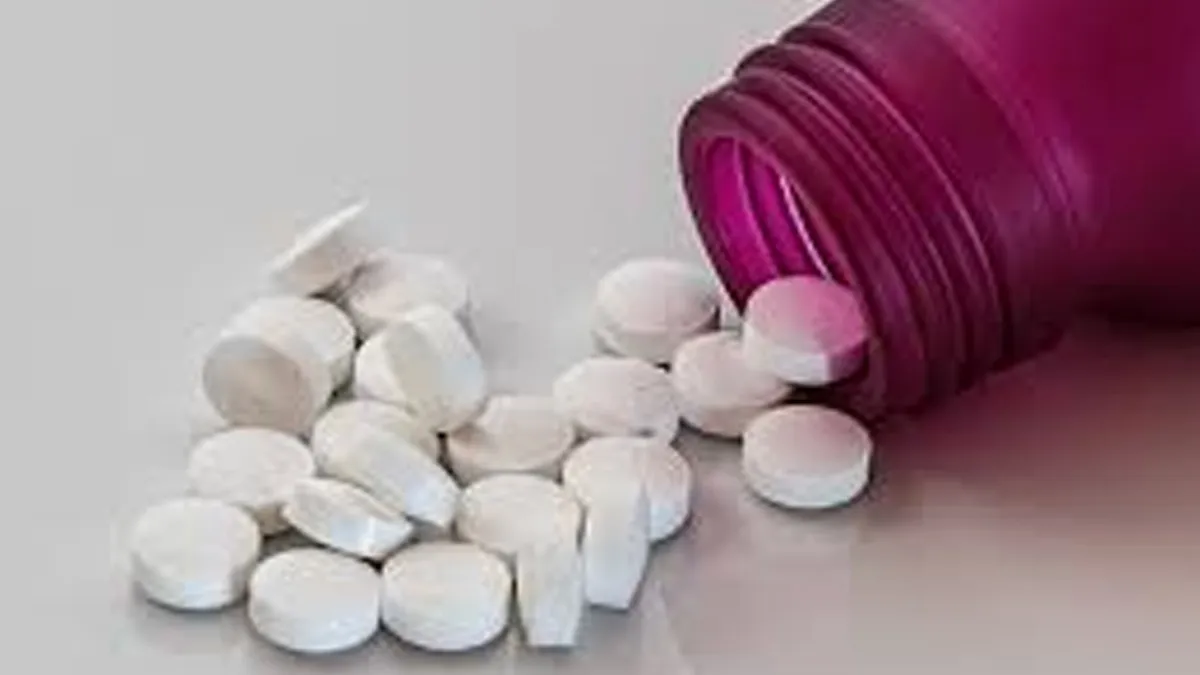
Paracetamol, also known as acetaminophen is a household name in pain relief. From headaches to fevers, this over-the-counter (OTC) medication is often the first choice for many. However, while it is generally safe when used as directed, overusing paracetamol can lead to serious health consequences that may surprise you.
Table of Content:-
What Exactly Is Paracetamol
According to Mayo Clinic, paracetamol is a widely used analgesic (pain reliever) and antipyretic (fever reducer). It works by blocking the production of prostaglandins, chemicals in the body responsible for pain and inflammation. Unlike Nonsteroidal Anti-Inflammatory Drugs (NSAIDs) such as ibuprofen, paracetamol does not irritate the stomach lining, making it a popular choice for those with sensitive stomachs.
In an exclusive interaction with Onlymyhealth, our expert Dr Shrey Kumar Srivastav, Senior Consultant and Physician, Sharda Hospital - Noida, shared that while its benefits are well-documented, the risks associated with overuse are often overlooked. Here are some key dangers of excessive paracetamol consumption:

Also Read: Is There A Link Between Irritable Bowel Syndrome and Erectile Dysfunction? Study Offers Insights
1. Liver Damage
The most serious side effect of overusing paracetamol is liver damage, which can be life-threatening. The liver metabolises paracetamol into safe substances, but when consumed in large doses, it produces a toxic byproduct called N-Acetyl-P-Benzoquinone Imine (NAPQI). Excessive NAPQI can overwhelm the liver’s detoxification system, leading to liver failure.
Signs of Liver Damage
- Nausea and vomiting
- Abdominal pain (particularly in the upper right quadrant)
- Yellowing of the skin and eyes (jaundice)
- Confusion or lethargy in severe cases
2. Kidney Problems
Over time, excessive paracetamol use can also affect kidney function. Chronic overuse has been linked to interstitial nephritis and an increased risk of kidney failure. Explaining how it happens, Dr Srivastav shared, “The kidneys work to filter waste, including medication byproducts. Prolonged exposure to high levels of paracetamol can damage these filtering units, impairing their function.”

3. Gastrointestinal Issues
While paracetamol is gentler on the stomach compared to NSAIDs, overuse can still cause gastrointestinal distress. In fact, high doses may lead to nausea, vomiting, and even bleeding in rare cases.
Also Read: Is There A Link Between Irritable Bowel Syndrome and Erectile Dysfunction? Study Offers Insights
4. Risk of Overdose
Taking multiple medications containing paracetamol increases the risk of unintentional overdose. This is especially common with combination drugs for colds and flu. Always check labels to avoid exceeding the daily recommended dose, typically 4 grams (or 8 x 500 mg tablets) for adults.
Symptoms of Overdose
A few symptoms of overdose may include:
- Extreme fatigue
- Sweating and clamminess
- Loss of appetite
- Severe abdominal pain
5. Impact on Mental Health
Emerging research suggests that chronic use of paracetamol may affect mood and decision-making. Some studies indicate that it may blunt emotional responses, affecting both positive and negative feelings.
Safe Usage Guidelines
To enjoy the benefits of paracetamol without the risks, follow these simple expert-recommended precautions:
Stick to Recommended Doses: Never exceed the recommended dose. For adults, this is usually 500-1000 mg every 4-6 hours, with a maximum of 4 grams per day.
Avoid Long-Term Use: If pain persists for more than a few days, consult a healthcare professional.
Be Cautious with Combinations: Check labels of other OTC medications to avoid unintentional overdose.
Consult Your Doctor: If you have liver or kidney conditions, seek medical advice before taking paracetamol.
Bottomline
Paracetamol is an effective and accessible medication, but it’s not without risks. Overuse can lead to serious health issues, particularly liver and kidney damage. By using it responsibly and being aware of its potential side effects, you can ensure that paracetamol remains a safe and effective option for managing pain and fever.
Also watch this video
How we keep this article up to date:
We work with experts and keep a close eye on the latest in health and wellness. Whenever there is a new research or helpful information, we update our articles with accurate and useful advice.
Current Version